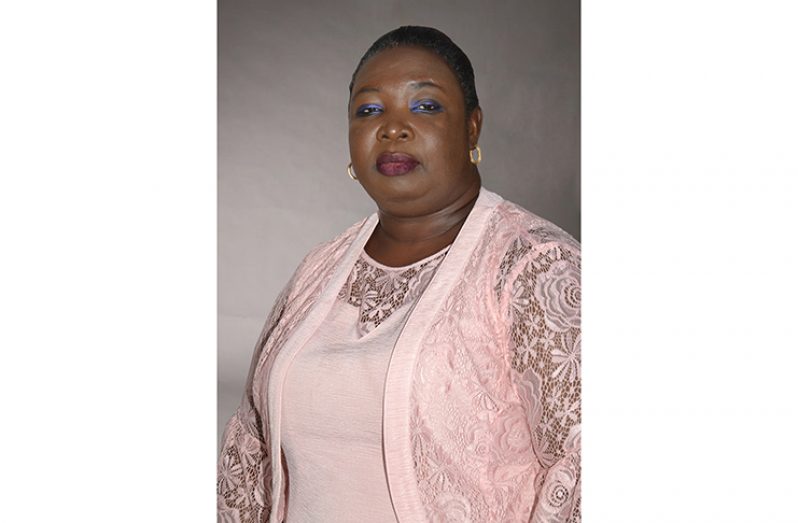DIRECTOR of the Mental Health Unit, Dr. Util Richmond-Thomas is challenging a report of The Amerindian Action Movement of Guyana (TAAMOG) regarding suicide in Region One (Barima/Waini).
In a Kaieteur News article titled ‘Baramita’s suicide rate almost 7 times national average’ published on September 19, 2018, TAAMOG President Peter Persaud presented what Thomas says is inaccurate data. In the article, Persaud was referenced as stating that some 78 Baramita residents have committed suicide since 2005.
In a media release on Sunday, Richmond-Thomas dissected the article making it clear that: “Persaud did not provide a source of his disputed information, or give an annual breakdown of the self-induced deaths in the interior community.” She noted that while Region One, of which Baramita is only a small part, has had eight suicides in the entire region in 2017, it does not have the first, second or even third highest suicide rate in Guyana.
Moreover, having taken up the position as director over a year ago, she added that there are no available, official figures on suicide dating back to the mid-2000s for Baramita that she can access. The article further referenced Persaud as stating: “All suicides have been committed by genealogically Carib Indigenous people, who make up a majority of the population. With an average of six suicides per year, in a population of about 3,000 residents, Baramita’s suicide rate is 6.7 times the national estimate and 19 times the global average, considering the most recent rates tabulated by the World Health Organisation (WHO).”
Dr. Richmond-Thomas debunked this data, even as she made known her disappointment in the absence of journalism ethics: “It is unfortunate that persons disregard the national good and print articles which are not based on facts for the sake of sensationalism and attention.”
She then surmised that Persaud was pursuing sensationalism in his article to the media “to attract attention…even if that attention is negative.” In addition, the article mentioned the TAAMOG President as stating: “One of the major issues affecting Baramita is alcoholism and the illegal sale of alcohol to its residents. It is plagued by Sexual and Domestic Abuse, including incest and abuse of minors.”
To this, Dr. Richmond-Thomas pointed out that these phenomena are rather “most prevalent on the coastlands because it is the most densely populated.”
She went on to contend that the majority of suicides in Guyana are not merely carried out by depressed persons, but by persons “who are under the influence of alcohol and other recreational substances at the time [that] they are facing a stressor, the most frequent being alcohol.
“The use of alcohol and other recreational substances decrease inhibitions, impair judgement, and give users bravery to commit acts which they would not when operating on a ‘full deck’,” Dr. Richmond-Thomas said further.
She added that self-harm is the strongest predictor of suicides and a significant number of persons who have been indulging in self-harm “come from homes where alcohol and substance abuse is a major stressor”.
Meanwhile, self-harm or suicide figures coming from Region One’s Regional Health Officer, Dr. Cerdel McWatt state that for 2017, 50 per cent of the deaths there were from Baramita.
Others came from residents of St Amslem/Barama River; Hosororo Hill, Wauna and Parakese.
In addition, McWatt’s figures show that 23 other persons attempted suicide in Region One for 2017, but none of them were from Baramita.




.png)









